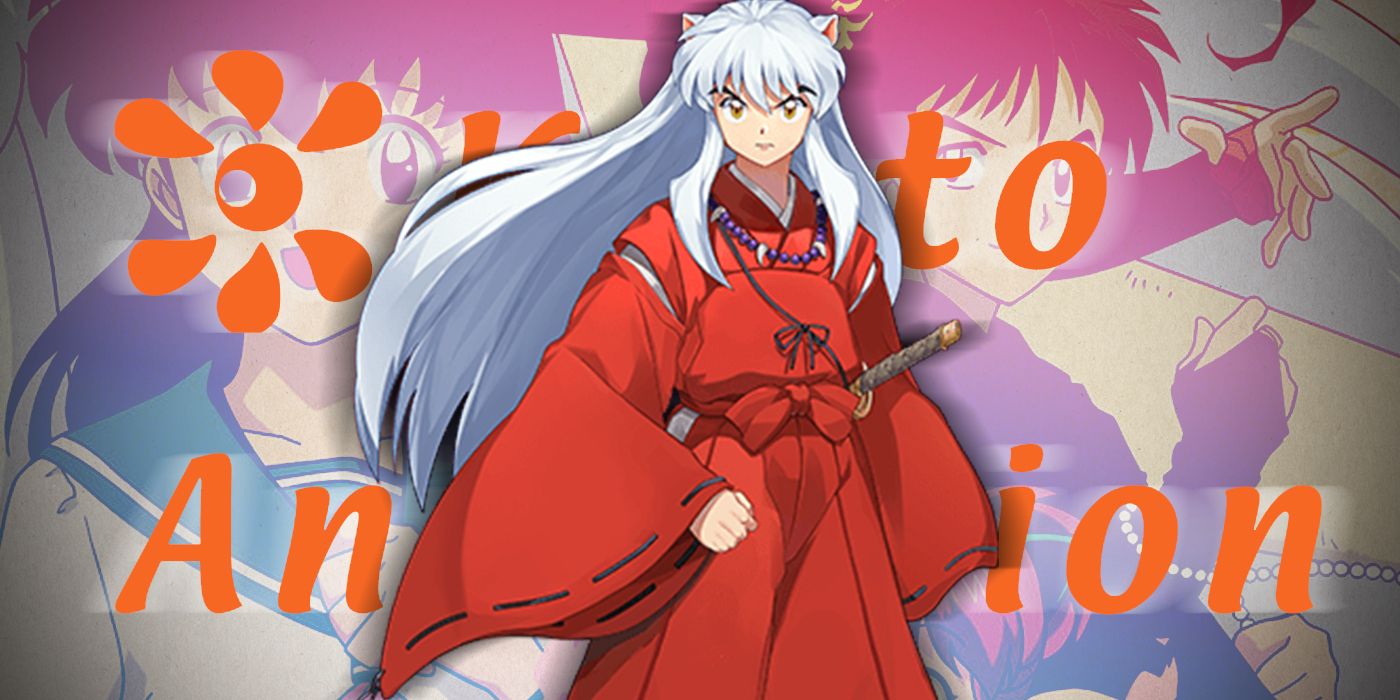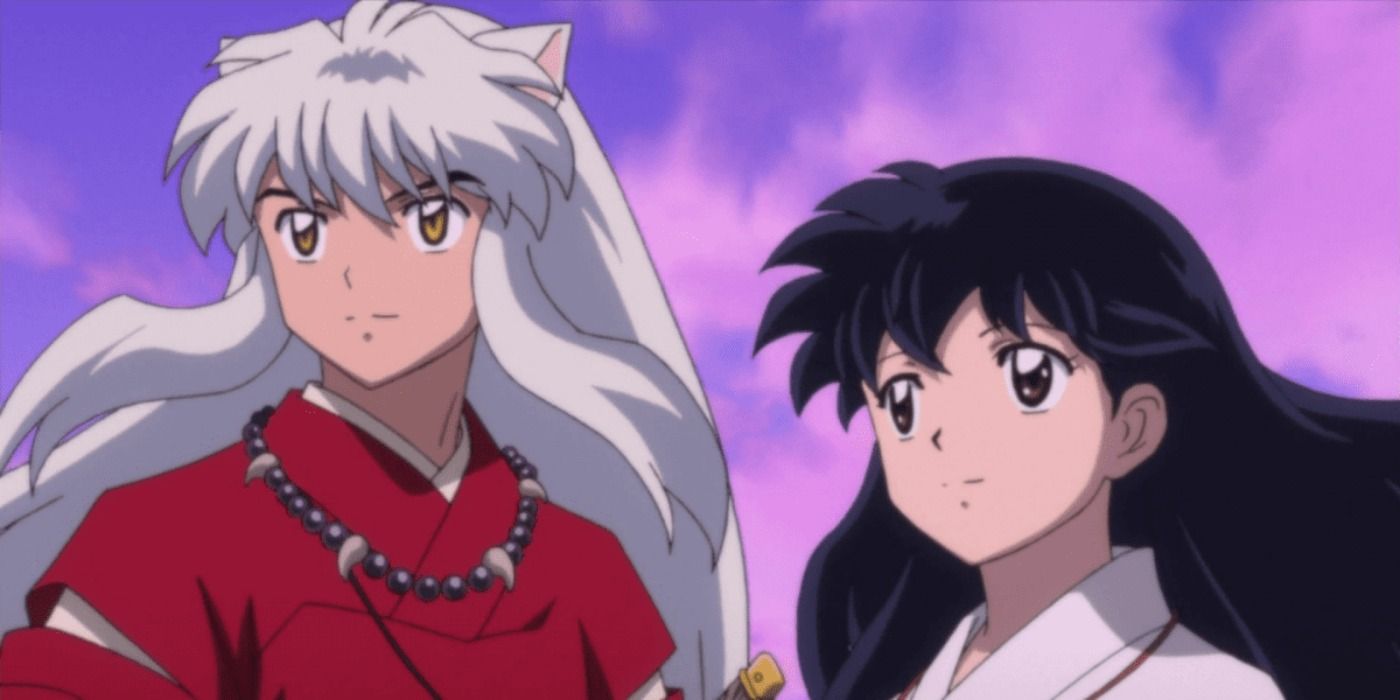Considered by many to be a classic, Inuyasha was a stalwart anime for many Westerners on the Toonami programming block. Establishing the tropes of isekai in all but name to an entire generation, the series is considered a definitive gem among Sunrise's production history. It's a little-known fact, however, that the studio had some outside help in making the show.
Kyoto Animation was subcontracted to work on several episodes of Inuyasha, with the company's staff even being credited along with Kyoto Animation itself. This hard work not only helped bring Inuyasha to the masses, but also aided in cementing Kyoto Animation as the dynamic company it is today.
What Is Kyoto Animation?
Kyoto Animation is now known for productions such as the Violet Evergarden series, as well as such iconic 2000s hits as Lucky Star and The Melancholy of Haruhi Suzumiya. However, the company's history goes back to the early '80s when it was formed by married couple Yoko and Hideaki Hatta. Yoko and a few of her housewife friends got together to paint cells for various Tatsunoko and Pierrot shows, gaining credits later on in anime like the classic mecha series The Super Dimension Fortress Macross and the magical girl series Urusei Yatsura.
The fact that the company, which quickly went from a casual endeavor to a full-blown production house, was founded predominately by women went on to inform its identity. It would later win awards for this workplace diversity, and is also now renowned for all of its employees being salaried rather than poorly-paid freelance hires. Its unique structure was reflected in the studio's exceptional work, and it soon developed a reputation for quality animation assistance. This saw Kyoto Animation became a key part of the Inuyasha anime.
How Kyoto Animation Helped Make Inuyasha
Kyoto Animation produced 33 episodes of Inuyasha, which premiered in 2000, nearly two decades after the studio was founded. The series was produced by Sunrise, but this studio had others do contract work to complete the grueling task of animation. At the time, KyoAni didn't have much in the way of its own original animated productions and so still frequently worked on others' projects. Many of the design elements in Inuyasha therefore matched the more shojo-inspired art style of the studio.
The staff of Kyoto Animation are credited, along with their company, for the episodes they worked on. This includes storyboard artists Tatsuya Ishihara and Yasuhiro Takemoto, episode director Kaori Koga and animation director Shoko Ikeda. There's even an episode in which Munto, a character from the original Kyoto Animation anime of the same name, makes a sly cameo appearance. That show was self-funded and produced during an era in which digital animation was only just taking precedence.
This speaks to the massively collaborative process that anime production can be, with various studios sometimes pooling their resources together to get a project done. In this case, that project was the legendary Inuyasha, which surely wouldn't have been what it was without the help of the groundbreaking Kyoto Animation.



